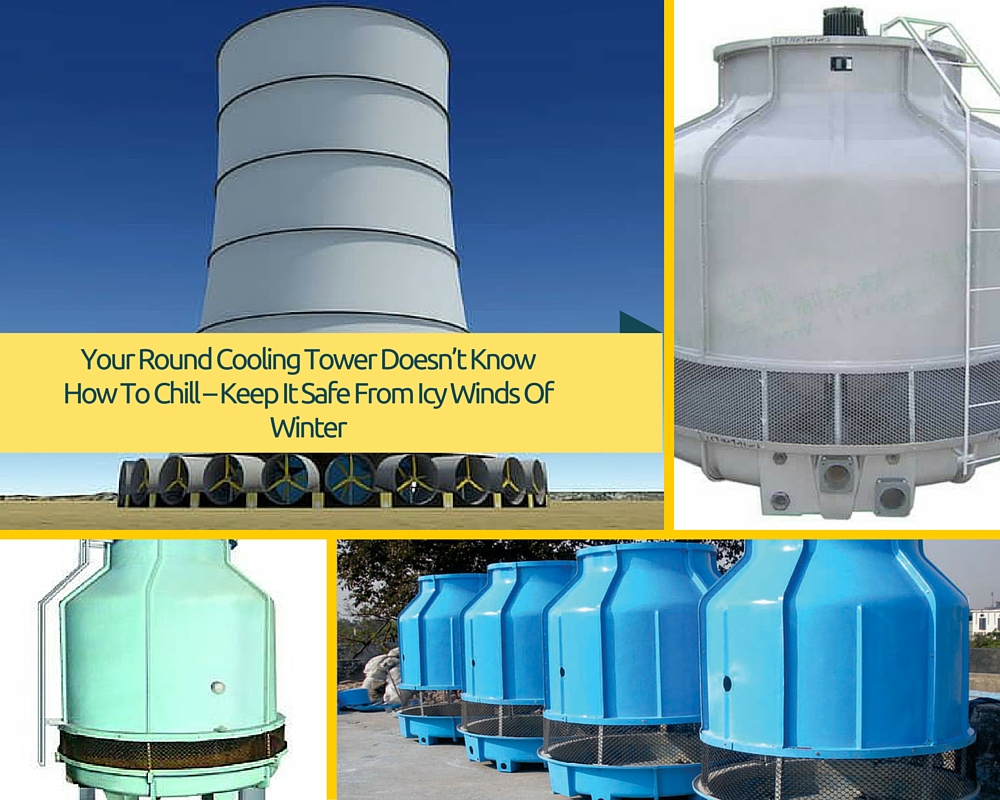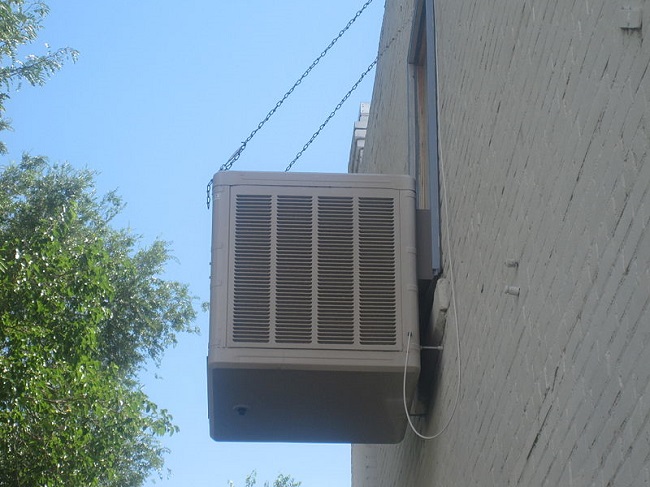Your Round Cooling Tower Doesn’t Know How To Chill – Keep It Safe From Icy Winds Of Winter
Regardless of the design and model of a cooling tower, ice formation is a common problem faced by the towers in sub-freezing weather. Your round cooling tower, square cooling tower, fiberglass cooling tower and every other model requires certain level of care and maintenance to combat weather conditions and prevent damages. No cooling tower can survive snowy weather conditions and build-up ice, but you can lower the chances of ice build-up by following certain guidelines:
- You need to maintain full design flow. If there is any reduction in the water flow, it can immensely raise the probability of ice forming on and around the air inlet louvers.
- It is suggested not to use free cooling applications when the weather is freezing. You can reduce water temperatures and loading tends to increase the chance of ice formation. You need to ensure that the leaving water temperature should be set above 80 degrees F when the weather is sub-freezing. It will lower the ice formation when the fan is not in operation.
- Never run fans backward to thaw ice as it can severely damage the fan blades. Reversed airflow can also blow out the water vapor onto the roof and form ice fields around the tower.
- You need to maintain a heat load of minimum 60% of tower capacity at all times while operating the cooling tower in chilling winter. Low substantial load can develop uneven temperatures in the tower and promote freezing.
- If you don’t drain your cooling tower before shutting it down, you can encounter severe issue. Experts recommend using an indoor reservoir tank that will help water to drain into the tank when system shuts down.
- Using basin heaters are next alternatives if a tower basin is operated as a sump. Basin heaters are truly available as an option to the users. However, they can allow freeze-up during power failures if water is not drained from the sump.
What preventive maintenance steps can be made in case of cooling tower?
Water treatment comes on the top
To control the slime, bacteria and algae growth, you need to pay special attention to the reservoir pump tanks as these are favorite hubs having suitable environment conditions for microorganisms’ growth. Warm water, air, and organic debris promote bacterial growth. To cut down the chances of bacteria and algae in the cooling tower, you can use and treat your system with microbicides and other chemicals that are specifically made to control the growth of microorganisms.
Routine maintenance is next thing to do
- You should know that fan motor requires no lubrication.
- Check the basket strainers and clean them properly.
- Check the tower basin for debris and dirt and clean them properly.
- Check the nozzle of the tower for proper operation at full water flow.
- Check for leakage in the tank and repair it.
Got a round cooling tower? Get it serviced by experts today.





